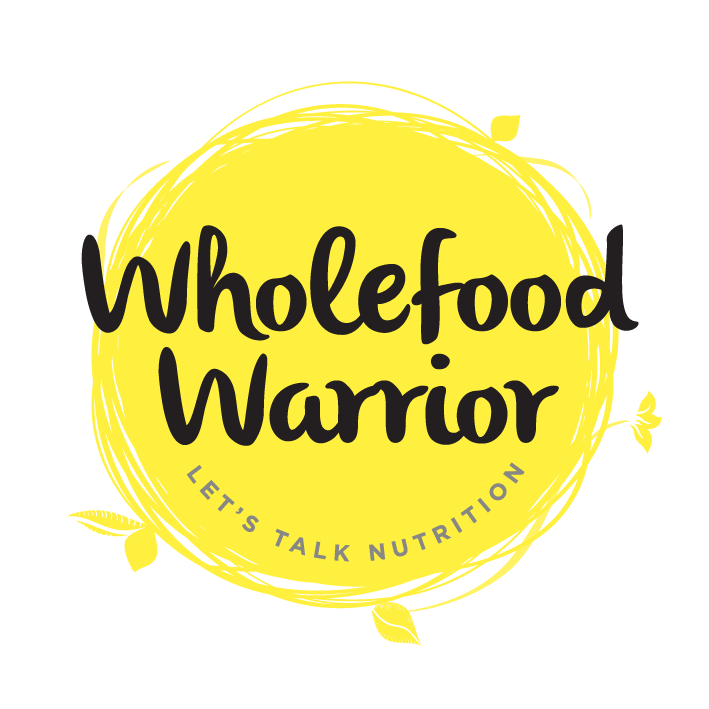Turmeric has been in the headlines for some time thanks to its wide-ranging therapeutic applications.
According to the latest research, curcumin, the active ingredient in turmeric, modulates the immune system (1), has potential as an anti-cancer agent (1), benefits arthritis sufferers (2), type-2 diabetics (3) and can reduce symptoms of depression (4).
In a nutshell, turmeric is a super little spice that should feature in a healthy diet.
For the most potent form, use fresh turmeric which is available in large supermarkets, greengrocers, middle eastern stores and online.
This recipe combines fresh turmeric with ginger and garlic to deliver an antioxidant boost. Prawns add much-needed omega 3 fatty acids and colourful veggies enhance the dish by contributing plenty of vitamins and minerals.
Did I mention it takes less than 15 minutes to make this dish?
Ingredients (Serves 2):
For the spice paste:
2 small or 1 large onion, roughly chopped
4 cloves of garlic, peeled
30g (thumb size piece) ginger, peeled and roughly chopped
25g fresh turmeric, peeled and roughly chopped
juice of a lemon
200g cooked king prawns
200ml coconut milk
200-300g of vegetables: I used a mix of asparagus, baby corn and sugar snap peas
Rice or noodles to serve
Fresh coriander to garnish (optional)
Method:
To make the spice paste add all of the ingredients to a blender and blend until smooth.
Heat a teaspoon of butter or coconut oil in a frying pan on a medium-low heat. Add the spice paste and cook for 5-10 minutes, stirring frequently. Pour in a splash of water to stop it from sticking if required.
Turn the heat up to medium, add the vegetables and prawns and stir well. Pour in the coconut milk, stir well and allow it to cook for 3-5 minutes.
Serve with rice or noodles and garnish with fresh coriander leaves.
Scientific references:
(1) Baraya YU, Wong KK, Yaacob NS (2016) The Immunomodulatory Potential of Selected Bioactive Plant-Based Compounds in Breast Cancer: A Review. Anti-Cancer Agents in Medicinal Chemistry, [Epub ahead of print].
(2) Daily JW, Yang M, Park S (2016) Efficacy of Turmeric Extracts and Curcumin for Alleviating the Symptoms of Joint Arthritis: A Systematic Review and Meta-Analysis of Randomized Clinical Trials. Journal of Medicinal Food, 19: 717-729.
(3) Lekshmi PC, Arimboor R, Raghu KG, Menon AN (2012) Turmerin, the antioxidant protein from turmeric (Curcuma longa) exhibits antihyperglycaemic effects. Natural Product Research, 26: 1654-1658.
(4) Al-Karawi D, Al Mamoori DA, Tayyar Y (2016) The Role of Curcumin Administration in Patients with Major Depressive Disorder: Mini Meta-Analysis of Clinical Trials. Phytotherapy Research, 30: 175-183.



